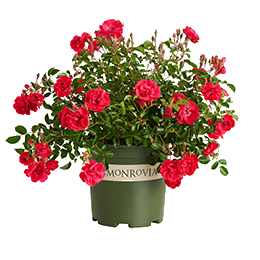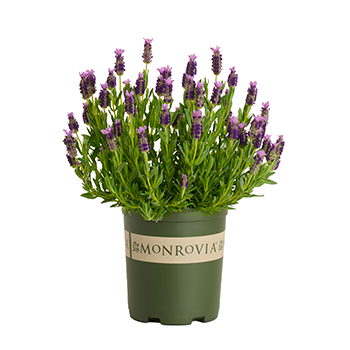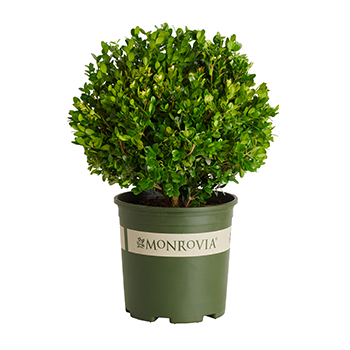You're growing in this Zip Code:
Change LocationDiscover Plants for Your Area
Starburst® Susie Evergreen Daylily
Hemerocallis x 'Monie'
We no longer grow this plant
Be Inspired: How to Use this Plant
| Bloom Time | Summer |
|---|---|
| Deciduous/Evergreen | Herbaceous |
| Special Features | Attracts Butterflies, Attracts Hummingbirds, Easy Care, Improved Pest and Disease Resistance, Waterwise |
| Problems/Solutions | Coastal Exposure, Rabbit Resistant, Very Wet Areas |
| Growth Rate | Moderate |
| Flower Attributes | Flowers for Cutting, Repeat Flowering, Showy Flowers |
| Landscape Use | Border, Container |
| Design Ideas | Fabulous planted along a drive or walkway. Also works well grouped as informal, low hedges to separate different parts of the garden. Mass into a sea of color that functions much like groundcover. Strap-leafed form and flowers on long wand-like stems add relief between dwarf shrubs. Spot into perennial borders as individuals or small clusters, or at the border's edge to add texture and form |
| Flower Color | Orange |
| Foliage Color | Green |
| Companion Plants | Milkweed (Asclepias); Lavender (Lavendula); Coneflower (Echinacea); Agapanthus (Agapanthus); Bee Balm, (Monarda) |
| Care Instructions | Thrives in organically rich loam; adapts to most soil types, provided they are well-drained. Water deeply and regularly during the first growing season to establish an extensive root system; reduce frequency, once established. Remove old foliage and spent blooms for a neat appearance and to promote continued bloom. |
| History | The original species of cultivated daylily is native to China and considered an edible food crop more than a garden flower. Cultivation in the west began after French botanist wrote of them in 1575 but it was not until the 20th century that real daylily breeding began by Stout in North Carolina. Since his discovery of how to cross pollinate flowers, an explosion of new hybrids have ensued. This is a contemporary Monrovia introduction. |
| Lore | In China, daylily have been cultivated since 2697 BC. The blossoms are cooked in various dishes and utilized in traditional medicine. |
| Bloom Time | Summer |
|---|---|
| Deciduous/Evergreen | Herbaceous |
| Special Features | Attracts Butterflies, Attracts Hummingbirds, Easy Care, Improved Pest and Disease Resistance, Waterwise |
| Problems/Solutions | Coastal Exposure, Rabbit Resistant, Very Wet Areas |
| Growth Rate | Moderate |
| Flower Attributes | Flowers for Cutting, Repeat Flowering, Showy Flowers |
We no longer grow this plant
We no longer grow this plant
Buy Online
This plant is not available to purchase online.
We no longer grow this plant. For replacement suggestions, check out the plants “You May Also Like” below.
About Us
We have been pioneers and craftsmen in the art of growing plants for nearly
100 years. Since our founding in Southern California by Harry E. Rosedale, Sr.
in 1926, we have been absolutely dedicated and obsessed with quality.
We have been pioneers and craftsmen in the art of growing plants for nearly 100 years. Since our founding in Southern California by Harry E. Rosedale, Sr. in 1926, we have been absolutely dedicated and obsessed with quality.






